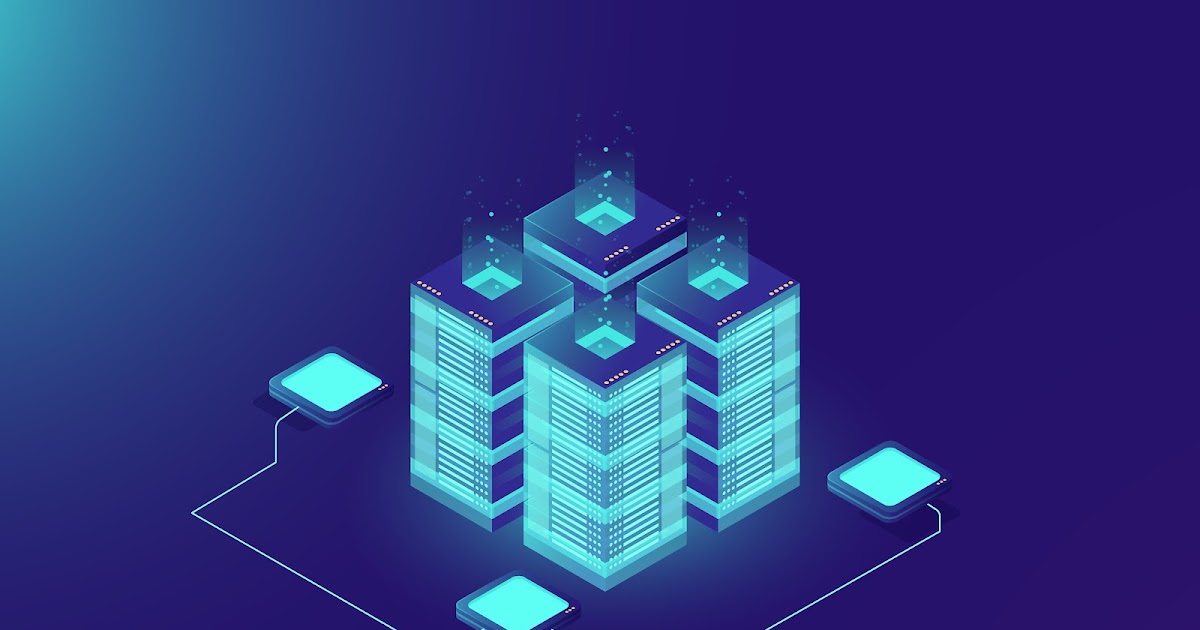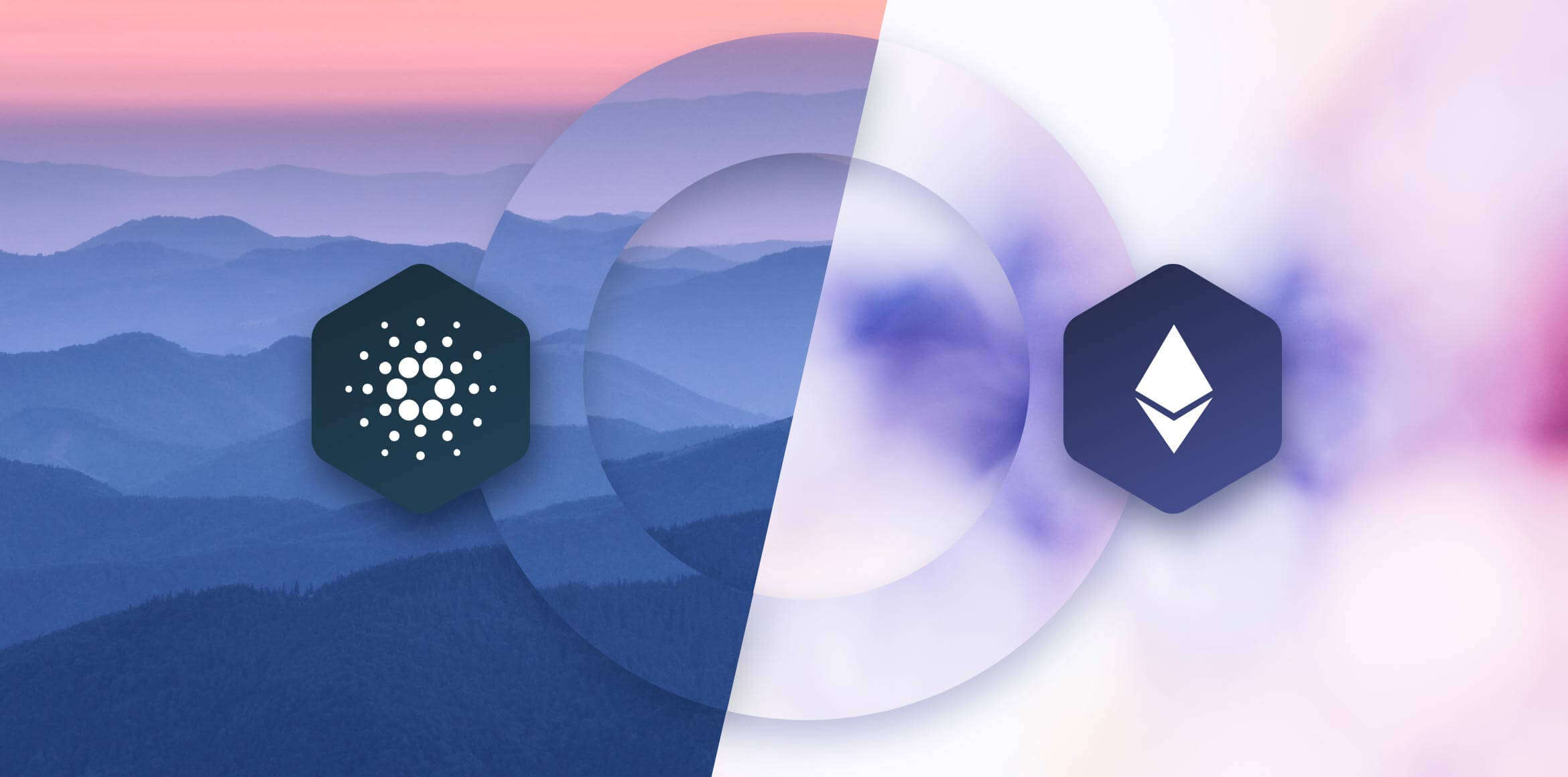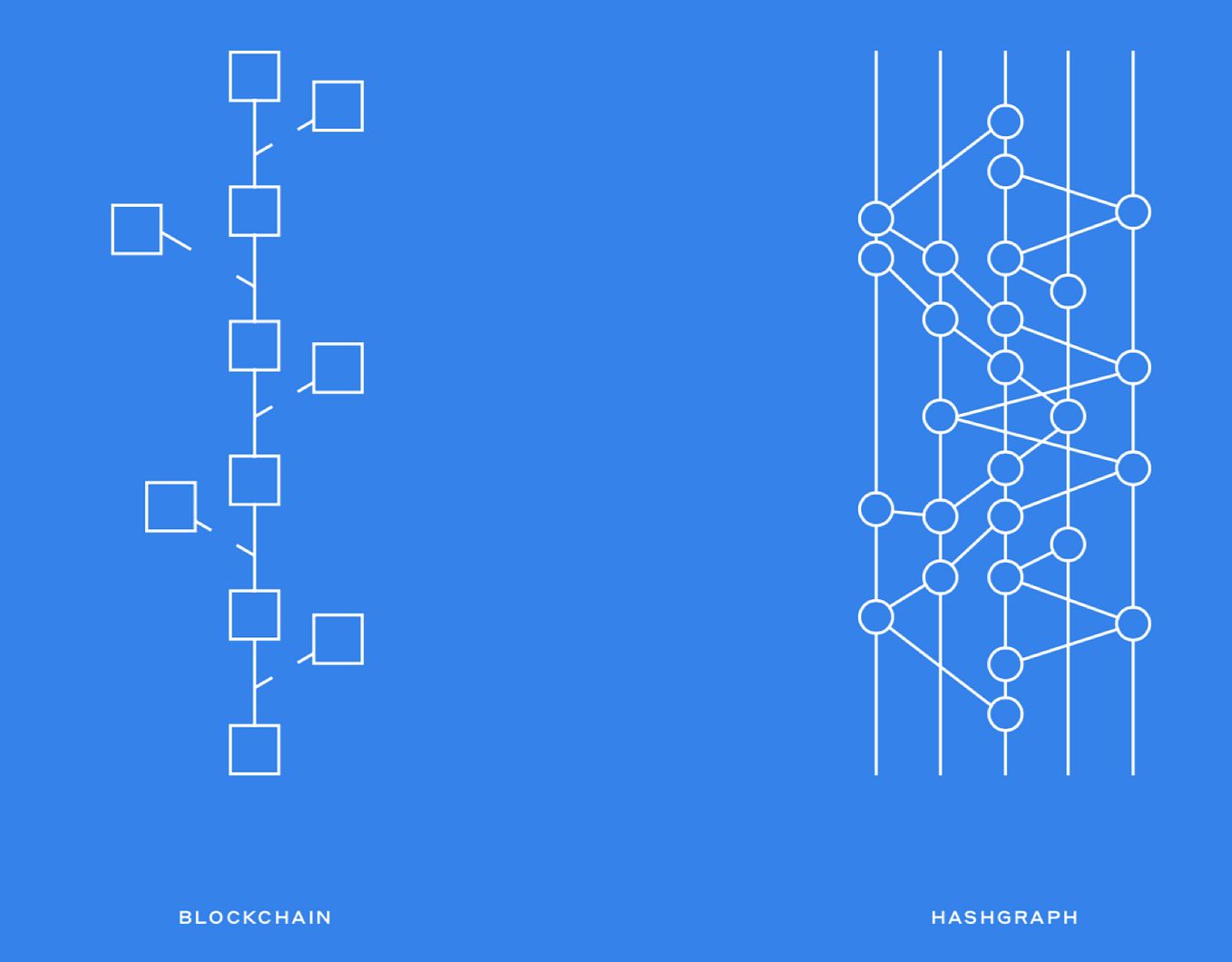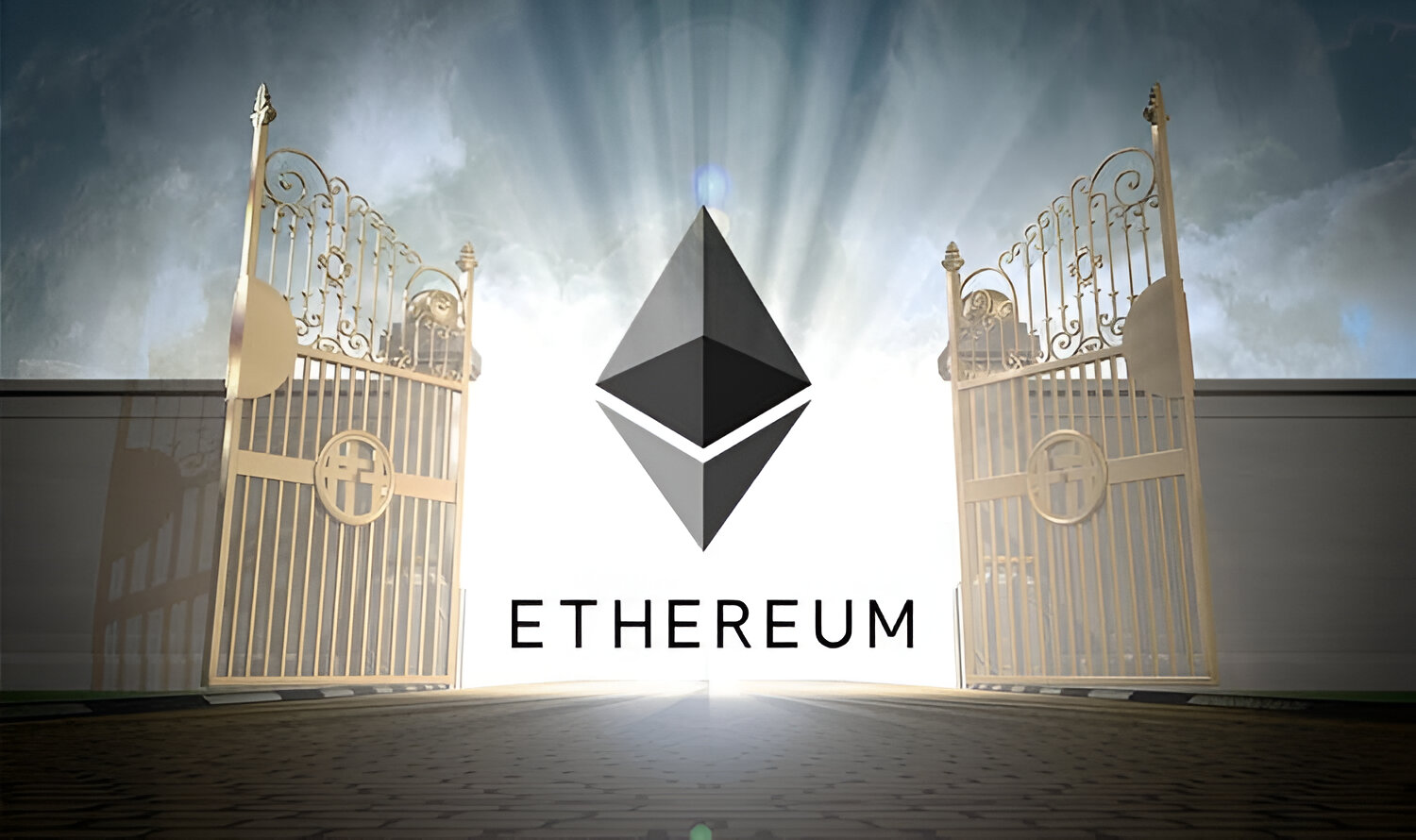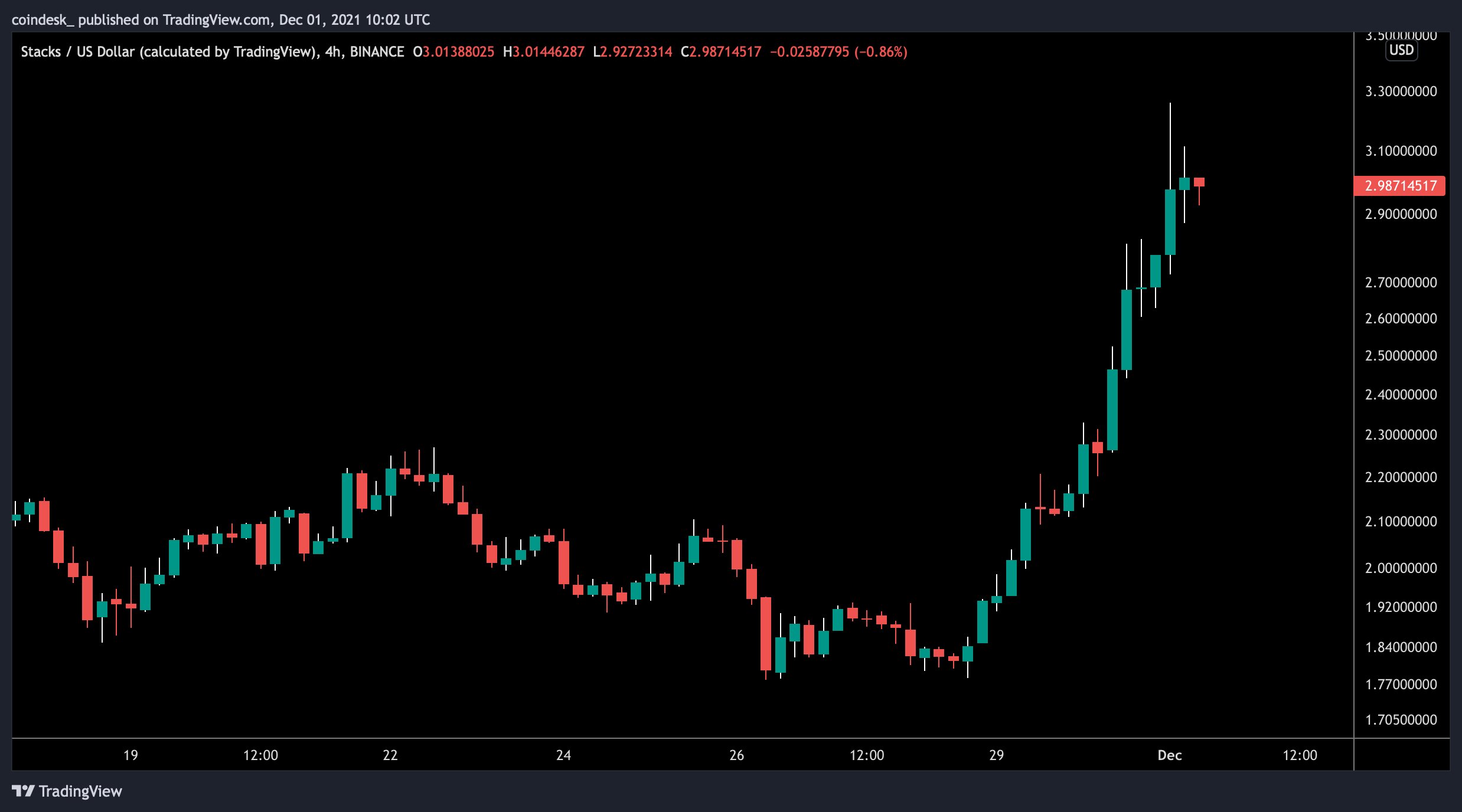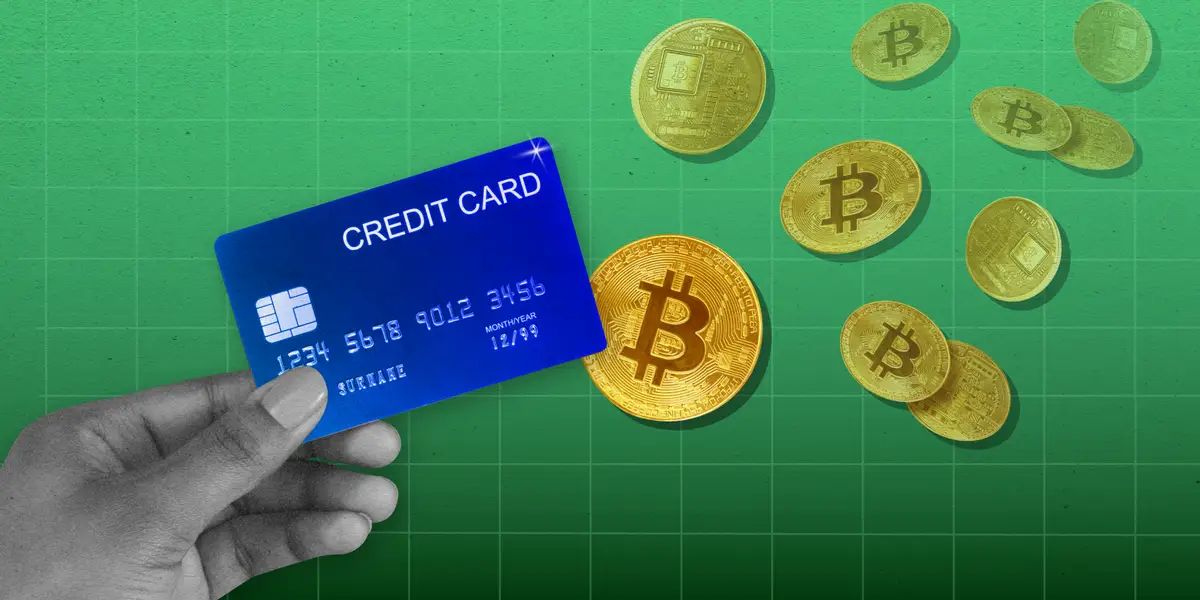Introduction
Welcome to the world of blockchain verification! In this digital age, where trust and security are paramount, blockchain technology has emerged as a revolutionary solution. Blockchain verification plays a vital role in ensuring the integrity and immutability of data stored on a blockchain network. It involves the process of validating transactions and adding them to the blockchain, making it an indispensable part of any blockchain ecosystem.
Blockchain verification serves as the backbone of various applications, including cryptocurrency transactions, supply chain management, and decentralized finance. It provides a decentralized and transparent ledger that is resistant to fraud and manipulation. However, one question that often arises in the minds of users is, “How long does blockchain verification take?”
The duration of blockchain verification can vary depending on several factors. The complexity of the blockchain and the consensus mechanism used are major influencers. In this article, we will delve deeper into the intricacies of blockchain verification and explore the factors that impact verification time. We will also discuss different consensus mechanisms and analyze their effects on the speed of verification. Finally, we will explore strategies to reduce the time taken for blockchain verification.
So, whether you are a blockchain enthusiast, an investor, or simply curious about the inner workings of blockchain technology, sit back and join us on this informative journey into the realm of blockchain verification.
Understanding Blockchain Verification
Blockchain verification is the process of validating and confirming transactions on a blockchain network. It ensures that transactions are legitimate, accurate, and comply with the predefined rules of the blockchain protocol. The primary goal of verification is to maintain the integrity and immutability of the blockchain ledger.
When a user initiates a transaction, it is broadcasted to the network and awaits verification. Miners or validators, depending on the consensus mechanism, perform the verification process. They review the transaction details, verify the digital signatures, and check if the user has sufficient funds to complete the transaction.
Once the verification is complete, the transaction is bundled with other verified transactions and added to a block. Each block contains a unique identifier called a hash, which is derived from the data of all the transactions included in the block. This hash is crucial for maintaining the chronological order and integrity of the blockchain.
Blockchain verification relies on cryptographic algorithms to ensure the security and authenticity of transactions. These algorithms use mathematical functions to create irreversible hashes, making it virtually impossible to alter the data in a block without being detected.
One significant advantage of blockchain verification is its decentralized nature. Unlike traditional centralized systems where transactions are validated by a single authority, blockchain verification is distributed across multiple nodes in a network. This decentralization reduces the risk of fraud, censorship, and single-point-of-failure.
Furthermore, blockchain verification enables transparency. All verified transactions are visible to every participant in the network, providing a transparent and auditable record of events.
Overall, understanding the intricacies of blockchain verification is crucial to grasp the underlying principles of blockchain technology. It sets the foundation for exploring the factors that impact verification time, which will be discussed in the following sections.
Factors impacting Blockchain Verification Time
Several factors can influence the time taken for blockchain verification. Understanding these factors is essential for optimizing the efficiency and speed of the verification process. Let’s explore the key factors:
- Network Congestion: As the popularity of blockchain networks increases, so does the number of transactions being processed. During periods of high network congestion, the verification time can significantly increase. This is because miners or validators have a backlog of pending transactions to process.
- Block Size: The size of a block is another crucial factor that affects verification time. Larger blocks contain more transactions, which require additional computational power to verify. Consequently, the verification time increases as more transactions need to be processed.
- Blockchain Scalability: Scalability is a critical consideration for blockchain networks. If a blockchain network does not have efficient scaling solutions in place, such as sharding or layer-two protocols, the verification time can be adversely affected. This is because the network struggles to handle an increasing number of transactions, leading to delays in verification.
- Consensus Mechanism: The consensus mechanism used by a blockchain network plays a significant role in verification time. Proof of Work (PoW) consensus, which is employed by popular blockchains like Bitcoin and Ethereum, requires miners to solve complex mathematical puzzles to verify transactions. This can be time-consuming. In contrast, Proof of Stake (PoS) consensus, employed by blockchains like Cardano and Ethereum 2.0, significantly speeds up verification by allowing validators to take turns based on their stake in the network.
- Transaction Complexity: The complexity of a transaction can impact verification time. Transactions with multiple inputs, outputs, or smart contract operations require more computational resources to verify. Consequently, these transactions may take longer to be processed and added to the blockchain.
- Blockchain Governance: The governance model of a blockchain network can also influence verification time. Networks with decentralized governance may require longer consensus-building processes, leading to delays in verification. On the other hand, networks with efficient governance mechanisms can streamline the verification process and ensure faster transaction confirmations.
By taking into account these factors and implementing appropriate strategies, blockchain networks can optimize their verification times and improve overall efficiency. In the following sections, we will explore different consensus mechanisms and analyze their effects on blockchain verification time.
Proof of Work
Proof of Work (PoW) is a consensus mechanism widely used in blockchain networks, most notably in Bitcoin and Ethereum. In PoW, miners compete to solve complex mathematical puzzles in order to validate transactions and add them to the blockchain.
The verification process in PoW begins with miners collecting a set of unconfirmed transactions, known as a block. Miners then use their computational power to find a solution to a cryptographic puzzle. This involves brute-forcing different inputs until the desired output, called a hash, is obtained. The first miner to find the correct hash is rewarded with newly created cryptocurrency and has the right to add the block to the blockchain.
PoW is designed to be computationally intensive and time-consuming. The puzzles require significant computational power, making it difficult for a single entity to monopolize the mining process. The network adjusts the difficulty of the puzzles periodically to maintain a consistent block verification time.
While PoW is a proven and secure consensus mechanism, it does have drawbacks, one of which is its energy consumption. The computational power required for solving the puzzles consumes a significant amount of electricity, making PoW networks energy-intensive. This has raised concerns regarding sustainability and environmental impact.
Additionally, the time taken for block verification in PoW networks can vary. It depends on factors such as network congestion, block size, and the computational power of participating miners. During periods of high network congestion, the verification time can increase, resulting in longer transaction confirmation times.
Despite its limitations, PoW continues to be an essential and widely used consensus mechanism. It provides robust security, as the computational power required to alter past transactions makes it nearly impossible for malicious actors to manipulate the blockchain. However, researchers and developers are actively exploring alternative consensus mechanisms, such as Proof of Stake, to address the issues associated with PoW.
In the following section, we will discuss Proof of Stake (PoS) and how it differs from PoW in terms of verification time and energy efficiency.
Proof of Stake
Proof of Stake (PoS) is an alternative consensus mechanism used in certain blockchain networks, including Cardano and Ethereum 2.0. Unlike Proof of Work (PoW), where miners compete to solve complex puzzles, PoS selects validators based on the amount of cryptocurrency they hold and are willing to “stake” as collateral.
The verification process in PoS involves validators being randomly chosen to create and validate new blocks. The probability of being chosen as a validator is proportional to the amount of cryptocurrency they have staked. Validators are responsible for verifying transactions and adding them to the blockchain. In return, they receive transaction fees and rewards in the form of additional cryptocurrency.
PoS eliminates the need for energy-intensive mining computations, making it more environmentally friendly compared to PoW. Validators do not need to solve complex puzzles, which significantly reduces the energy consumption of the network.
In terms of verification time, PoS can be faster compared to PoW. Validators take turns to create blocks and verify transactions based on their stake in the network. This allows for a more efficient and streamlined process, resulting in shorter transaction confirmation times.
However, it is important to note that PoS also has its limitations. One concern is the potential for centralization, as validators with larger stakes have a higher chance of being selected. To address this, some PoS networks implement mechanisms to promote decentralization, such as randomization algorithms or delegation systems.
While PoS is gaining popularity, it is still in the early stages of adoption and further research and development are ongoing to enhance its effectiveness and address any potential vulnerabilities.
In the next section, we will explore the verification times of different blockchains and how they are influenced by their chosen consensus mechanisms.
Time taken by different Blockchains
The time taken for blockchain verification can vary significantly depending on the specific blockchain network and the consensus mechanism employed. Let’s take a look at the verification times of different well-known blockchains:
- Bitcoin (BTC): Bitcoin, the first and most popular cryptocurrency, uses the Proof of Work (PoW) consensus mechanism. The average block time for Bitcoin is around 10 minutes. This means that it takes approximately 10 minutes for transactions to be confirmed and added to the blockchain. However, during periods of high network congestion, verification times can increase, resulting in longer transaction confirmation times.
- Ethereum (ETH): Ethereum, the second-largest blockchain platform, also uses PoW, but with a shorter block time compared to Bitcoin. The average block time for Ethereum is around 15 seconds. This allows for faster transaction confirmations compared to Bitcoin. However, similar to Bitcoin, network congestion can cause verification times to increase during high-demand periods.
- Cardano (ADA): Cardano utilizes the Proof of Stake (PoS) consensus mechanism, specifically a variation called Ouroboros. The average block time for Cardano is approximately 20 seconds. With its PoS mechanism, Cardano aims to achieve faster and energy-efficient transactions by relying on the stake of network participants to validate blocks.
- Stellar (XLM): Stellar is another blockchain platform that uses a variation of PoS called the Stellar Consensus Protocol (SCP). The average block time for Stellar is around 5 seconds. The network achieves fast verification times by relying on a decentralized network of nodes to reach consensus on the order of transactions.
- NEO: NEO, often referred to as “China’s Ethereum,” utilizes a hybrid consensus mechanism called Delegated Byzantine Fault Tolerance (dBFT). The average block time for NEO is approximately 15 seconds. dBFT combines elements of PoW and PoS, allowing for faster transaction confirmations and improved scalability.
It is important to note that verification times can vary within each blockchain, depending on network congestion, transaction complexity, and other factors. Additionally, blockchain networks continuously work on optimizing their consensus mechanisms and implementing scalability solutions to improve verification times.
Next, we will explore strategies to reduce the time taken for blockchain verification, allowing for faster and more efficient transactions.
Strategies to reduce Verification Time
Reducing verification time is crucial for enhancing the speed and efficiency of blockchain transactions. Here are some strategies employed by blockchain networks to optimize verification times:
- Optimizing Network Architecture: Blockchain networks often explore ways to improve their underlying architecture for faster verification. This includes implementing sharding, where the blockchain is divided into smaller parts called shards, allowing for parallel processing and faster transaction confirmations.
- Implementing Layer-Two Scaling Solutions: Layer-two scaling solutions, such as payment channels and sidechains, aim to alleviate congestion on the main blockchain network. By enabling off-chain transactions, these solutions reduce the burden on the main blockchain, resulting in faster verification times.
- Improving Consensus Mechanisms: Consensus mechanisms play a significant role in verification time. Blockchain networks are researching and developing new consensus algorithms that offer faster and more efficient validation. For example, Ethereum is transitioning from PoW to PoS with Ethereum 2.0, which is expected to significantly reduce verification times.
- Enhancing Network Governance: Efficient network governance is essential for swift decision-making and protocol upgrades. Blockchain networks that have well-organized governance structures can implement changes and optimizations more quickly, leading to improved verification times.
- Scaling Hardware Infrastructure: Increasing the hardware capacity of blockchain networks can help handle a larger number of transactions and reduce verification times. This involves deploying more powerful mining or validating nodes and enhancing the network’s computational resources.
Furthermore, users can adopt certain practices to ensure faster transaction confirmations. One approach is to set appropriate transaction fees. Higher fees incentivize miners or validators to prioritize the transaction, resulting in a quicker verification process. Users can also choose to optimize the size and complexity of their transactions to minimize the processing time.
By implementing these strategies and staying abreast of technological advancements, blockchain networks and users can significantly reduce verification times, enabling faster and more seamless transactions on the blockchain.
Conclusion
Blockchain verification is a critical process that ensures the integrity and immutability of data stored on a blockchain network. The time taken for verification can vary depending on several factors, including network congestion, block size, consensus mechanism, and transaction complexity. Understanding these factors is essential for optimizing the efficiency and speed of the verification process.
Proof of Work (PoW) and Proof of Stake (PoS) are the two primary consensus mechanisms used in blockchain networks. While PoW, employed by Bitcoin and Ethereum, relies on computational puzzles and has longer verification times, PoS, found in networks like Cardano and Ethereum 2.0, offers faster verification through stake-based validations.
Different blockchain networks exhibit varying verification times. Bitcoin and Ethereum have average block times of 10 minutes and 15 seconds, respectively. Cardano and Stellar, which utilize PoS mechanisms, achieve average block times of 20 seconds and 5 seconds, respectively.
To reduce verification times, blockchain networks employ strategies such as optimizing network architecture, implementing layer-two scaling solutions, improving consensus mechanisms, enhancing network governance, and scaling hardware infrastructure. Users can also take steps like setting appropriate transaction fees and optimizing transaction size to facilitate faster confirmations.
As blockchain technology continues to evolve, researchers and developers are actively exploring new consensus mechanisms and scalability solutions to further improve verification times and enhance the overall efficiency of blockchain networks.
By understanding the intricacies of blockchain verification and implementing effective strategies, we can unlock the full potential of blockchain technology – enabling faster, secure, and transparent transactions that drive innovation and transformation across various industries.









